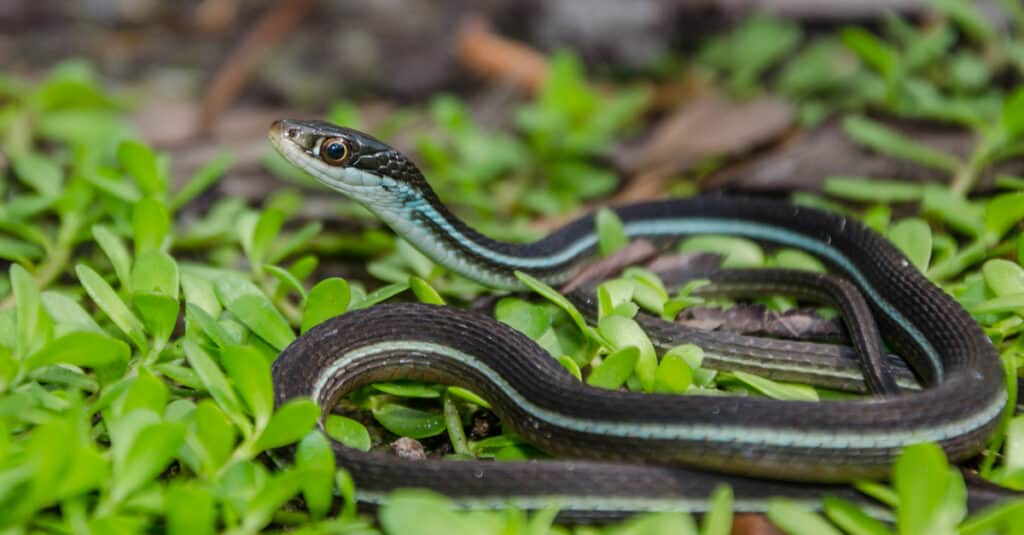Introduction
When it comes to poisonous serpents, Australia is home to several of one of the most remarkable and dangerous species in the world. Among these, the Tiger Snake sticks out not just for its powerful venom yet also for its appealing actions. Recognizing the behavior of poisonous snakes like the Tiger Snake is critical for both wildlife fanatics and those staying in areas where these snakes exist. This short article delves into numerous elements of Tiger Snake habits, environment, recognition, precaution, and emergency treatment methods in instance of a snake bite.
Understanding the Habits of Venomous Snakes Like the Tiger Snake
The Tiger Snake, clinically called Notechis scutatus, is infamous for its aggressive nature when endangered. These snakes show a series of habits that can be fairly different from their non-venomous equivalents.
Characteristics of Tiger Snakes
The Tiger Snake is conveniently recognizable as a result of its distinct bands or red stripes that resemble a tiger's markings. They can differ in shade from yellowish-brown to dark olive or black. This pigmentation serves not just as camouflage however additionally as a warning signal to prospective predators.
Adaptability to Environment
One remarkable facet of their behavior is their versatility to different environments. Found largely in coastal areas, marshes, and wetlands across Australia and Tasmania, they can grow in varied environments including city locations.
Hunting Techniques
Tiger Serpents are ambush killers mostly feeding on fish, frogs, and tiny animals. They possess keen sight and an intense sense of smell which helps them in locating victim effectively.
Venom Composition
Their poison consists of neurotoxins that affect the nervous system, bring about paralysis or death in smaller sized animals. For human beings, immediate medical interest is important after a tiger serpent bite as a Australian snake facts result of its possibly dangerous effects.
Natural Environment of Tiger Snakes
Preferred Locations
Understanding where these serpents stay clarify their behavioral patterns. The tiger serpent habitat includes:
- Coastal regions Swamps Grasslands Urban locations with abundant water sources
Seasonal Movements
During warmer months, Tiger Snakes are much more active as they indulge in sunshine or quest for food. On the other hand, colder months see them pulling back into hibernation sites.
Are Tiger Snakes Venomous?
Yes! The question "are tiger serpents venomous?" often develops among those unfamiliar with this varieties. Their poison is thought about among the most dangerous amongst all snake types worldwide.

Symptoms of a Tiger Snake Bite
If bitten by a tiger snake, symptoms may include:

- Localized pain Swelling at the bite site Nausea and vomiting Sweating and confusion
Immediate clinical help is essential as unattended bites can cause serious wellness difficulties or perhaps death.
First Help for Serpent Bites: Quick Action Guide
Knowing just how to administer emergency treatment for a snake bite can conserve somebody's life. Below's what you should do:
Step 1: Remain Calm
Keeping tranquility helps decrease heart price which minimizes venom spread.
Step 2: Immobilize the Influenced Area
Keep the affected limb still and listed below heart degree if possible.

Step 3: Call Emergency Services
Always look for expert clinical assistance quickly Behavior of venomous snakes after a snake bite.
First Help for Snake Bite Kit Essentials
A well-equipped snake bite first aid kit ought to include:
- A compression bandage Antiseptic wipes A pair of scissors A cold pack
Safety Preventative measures: Avoiding Snake Bites in Australia
Awareness Programs
Educating neighborhoods concerning local snake varieties and their actions can significantly lower encounters leading to bites.
Avoiding Harmful Areas
Staying away from lengthy turf during warmer months minimizes contact with serpents that could be resting or hunting.
Common Misconceptions About Tiger Snakes
Many people believe mistaken beliefs about the habits of tiger serpents bring about unneeded anxiety. Here are some explanations:
Myth 1: All Tigers Are Aggressive
Not all tiger serpents will present hostility if left uninterrupted; lots of like leaving rather than confrontation.
Myth 2: They Chase Humans
Tiger snakes do not actively go after people; they might strike when they really feel endangered however will generally retreat if given space.
Conservation Initiatives Associated with Poisonous Snakes
Conservation efforts concentrate golden crowned snake on enlightening communities regarding securing neighborhood wildlife while reducing human-snake interactions.
Importance of Ecosystems
Understanding that venomous snakes play a necessary duty in keeping eco-friendly equilibrium helps foster recognition instead of concern in the direction of them.
FAQs Regarding Tiger Snakes
What needs to I do if I encounter a tiger snake?- Maintain range and slowly pull back without abrupt movements.
- While bites aren't incredibly common due to recognition initiatives, they still happen annually within Australia.
- Baby tiger snakes can deliver full dosages of poison regardless of being smaller; hence care is advised around them.
- They mostly take in frogs, fish, small creatures like rats, and other reptiles.
- It's illegal in most jurisdictions without correct licensing due to safety and security worries regarding their venom.
- Wear tough boots and stay on marked tracks; appearance before putting hands or feet into concealed rooms like rocks or logs.
Conclusion
Understanding the habits of poisonous serpents like the Tiger Snake not only boosts our knowledge yet also promotes security awareness among those living near their habitats. From recognizing their features, comprehending first aid methods following a bite, with engaging preservation initiatives-- every aspect plays a necessary role in fostering coexistence with these remarkable reptiles while valuing their place within our ecosystem.
As we grow our understanding with education and learning and experience, we add favorably toward ensuring both human safety and security and wild animals preservation-- profiting all events involved!